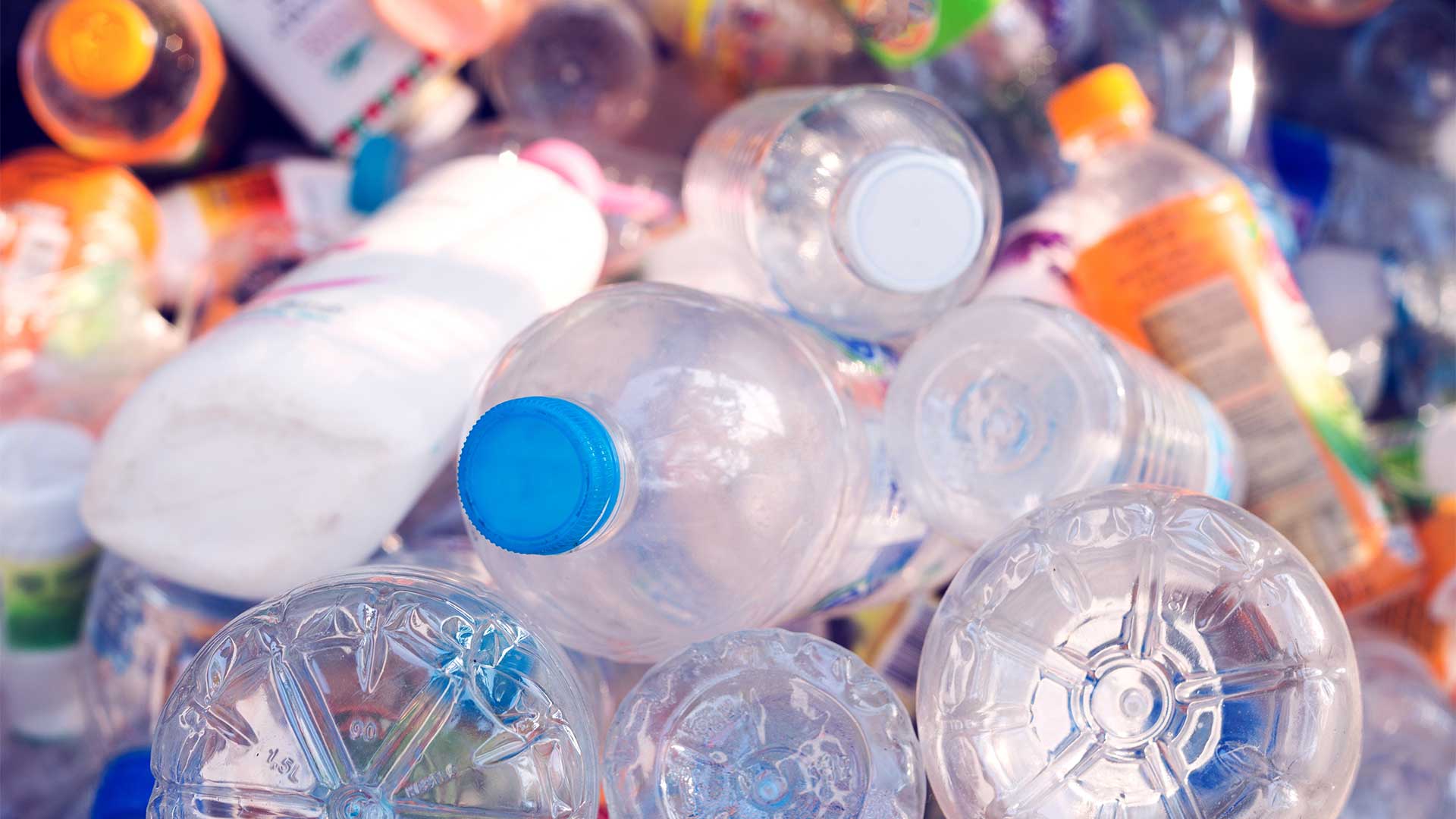
A study by the World Wide Fund for Nature reveals we are ingesting an extraordinary amount of plastic through air, food and water.
Ground-breaking research by the World Wide Fund for Nature (WWF) and Australia’s University of Newcastle suggests we could all be ingesting around 5g of plastic a week – equivalent to a credit card – through the air we breathe, the food we eat and, most especially the water we drink.
The researchers say the plastic ingested amounts to around 250g every year or 100,000 tiny bits of plastic.
WWF International Director- General Marco Lambertini, cited by The Straits Times, says: “These findings must serve as a wake-up call to governments. If we don’t want plastic in our bodies, we need to stop the millions of tonnes of plastic that continue leaking into nature every year.”
Lambertini believes urgent action at government, business and consumer levels is needed to tackle the plastic crisis, as well as a worldwide treaty with global targets to address plastic pollution.
The latest research is the first ever to bring together insights from 52 studies across the world on people’s ingestion of plastic. Thirty three of those studies looked at plastic consumption through foods and beverages. Some common foods and beverages containing microplastics are drinking water, beer, shellfish and salt.
But, even more worryingly, the WWF warns the latest findings may be an underestimate, as the microplastic contamination of staple foods such as milk, rice, wheat, corn, bread, pasta and oils has not yet been studied.
The largest source of plastic ingestion is drinking water, with plastic particles found in bottled, tap, surface and groundwater worldwide. Another key source is shellfish, accounting for as much as 0.5g a week. Shellfish are eaten whole, including their digestive systems, after a life in plastic-polluted seas.
Inhalation, however, appears to represent a negligible proportion of microplastics entering the human body, though this might vary heavily, depending on the environment.
Plastic pollution
The WWF scientists are now working to obtain more precise information on pollution from plastic, how it is distributed and how much is consumed.
According to WWF data cited by The Straits Times, the world since 2000 has produced as much plastic as all the preceding years combined, a third of which is leaked into nature. The production of virgin plastic has increased 200 times since 1950 and has grown at 4% a year since 2000. If all predicted plastic production capacity is reached, current production could increase by 40% by 2030.
One-third of plastic waste ends up in nature, accounting for 100m tonnes of plastic waste in 2016. More than 75% of all plastic produced is waste. If nothing changes, the ocean will contain one tonne of plastic for every three tonnes of fish by 2025